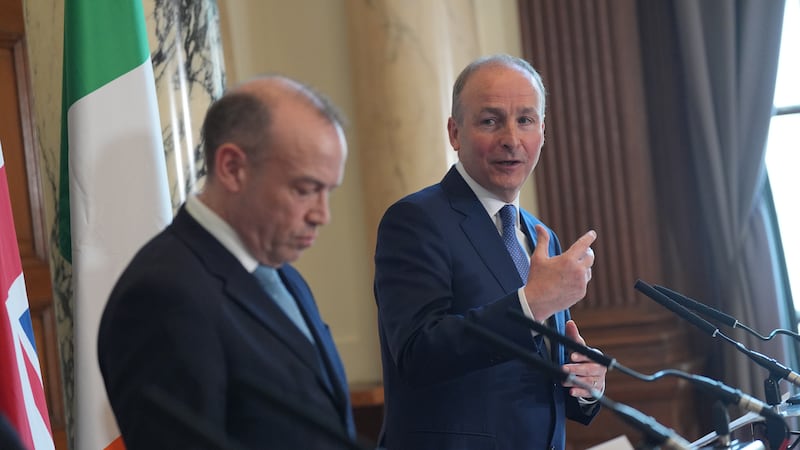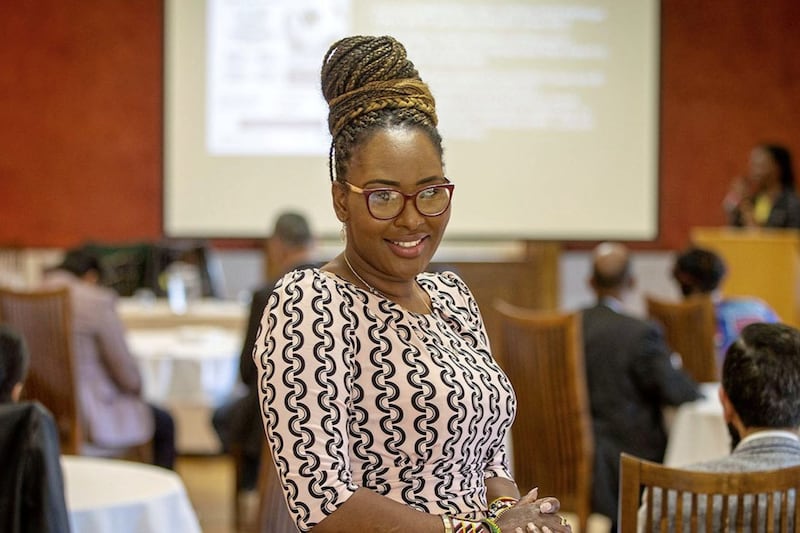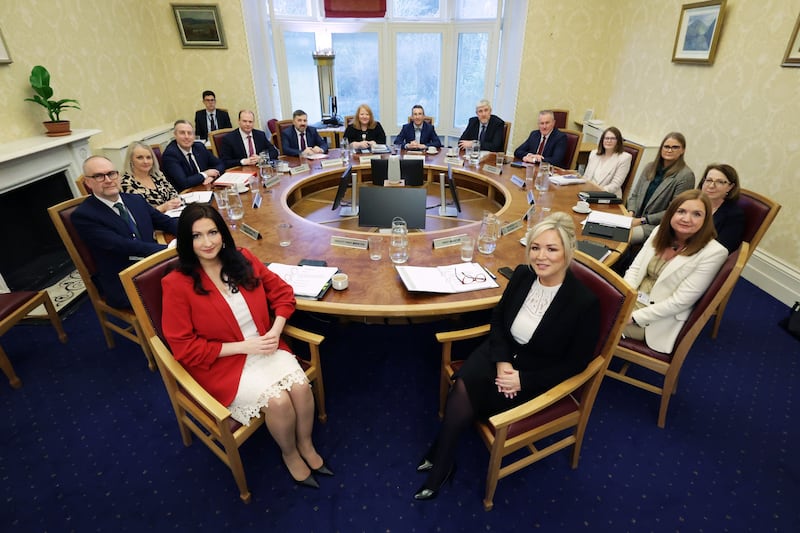As we approach the second anniversary of the collapse of the Stormont institutions, we should reflect on the detrimental impact that two years of political inertia have had on key public services.
The health service, which it is widely acknowledged needs radical reform, continues to struggle with the demands of a growing elderly population and unacceptably long waiting lists.
There is a yawning gap where there should be ministerial direction while alarming revelations following the recall of neurology patients and the abuse scandal at Muckamore Abbey Hospital, demonstrate beyond any doubt that there are serious problems that require proper accountability.
It is not just the health service that is experiencing mounting difficulties.
In education, concerns have been growing for some time about the funding crisis in our schools, with principals setting out in stark terms the type of pressures they are under as budgets are squeezed.
In October, one head teacher told the Northern Ireland Affairs Committee at Westminster that he had to beg parents for resources including books, tissues and soap while they also donated toilet roll to his school.
This is not what should be happening in Northern Ireland in the 21st century but this is the sad reality for many schools.
The fear is that this disgraceful situation may get even worse.
Recent figures show that the number of pupils in the north's primary schools is at its highest for almost 20 years.
There are now 174,522 children in P1-7, the ninth successive year that the total has increased and the highest number of primary pupils recorded since 1999.
This obviously has a knock-on effect on post-primary education where the numbers are also on the rise.
Teaching unions are understandably worried that given the financial constraints, class sizes will be expected to increase to cope with the additional numbers.
Unions have pointed out that it is not just larger classes that teachers have to cope with but also the growing number of children with complex learning and behavioural needs.
Figures show that in 2017/18, there were more than 79,000 pupils with special educational needs, which represents 23 per cent of the entire school population.
What is important is that schools are given the resources - in terms of both staff and equipment - to provide the highest level of teaching and support that is required by all pupils.
What we do not need are larger class sizes with overstretched teachers and insufficient numbers of classroom assistants.
Our growing population of young people deserve to see their education become a greater priority.







